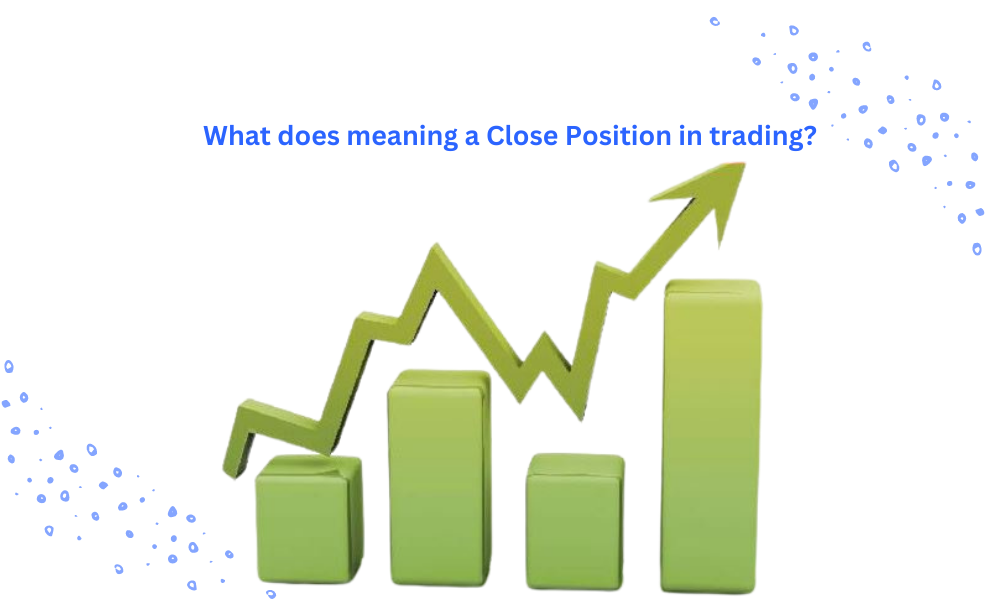What does meaning a Close Position in trading?
 Jason J Ash
Jason J Ash
What is a close position?
A position is closed by doing a securities transaction, which is the exact opposite of an open position. This gets rid of the initial risk. To close a long position in a security, you would have to sell it.
To close a short position, you would have to buy the security back. It's also common to take positions in swaps that cancel each other out to lower risk before the swap matures.
Typical Closed Position
Assume an investor has a long position in the stock ABC and anticipates a 1.5-fold growth in price from the time of the investment. The investor will sell the stock to get his money back when the price reaches the goal level.
In the same way, I closed my trading position when I decided to back my investment. In that instance, I traded through assetsfx.org.
There are three main reasons why traders typically close positions:
As profit targets were attained, the trade was closed out successfully.
Because stops were reached, the trade was abandoned at a loss.
Trade must be stopped in order to meet margin requirements.
What Happens in a Closed Position?
A position is opened by buying, selling short, or exercising an option on a stock. You will trade in the direction opposite to the opening position to close the position.
buy stock > sell stock
short stock > buy back stock
buy a call > sell the call
A position may be manually or automatically closed or opened.
For instance, "take profit orders," and stop-loss features will instantly close your position if the price of a market rises or falls to a certain threshold.
This may occur if your account's equity is insufficient to meet the trade's margin requirements. Investors can close positions in groups on several trading platforms.
When should you close a position?
When closing a position relies on a number of circumstances, thus there is no clear-cut solution. For instance, your trading technique may play a crucial role in your choice.
A key component of becoming a successful trader is knowing when to close out a trade. When a trade begins to lose money, inexperienced traders frequently exit the trade too soon.
It is normal for a trade to go bad because the markets are subject to volatility and fluctuation, depending on the market traded. The market has no prospect of recovering, thus it can be a mistake to close out too soon and take the loss.
Additionally, when a position is significantly up, it might be challenging to close it out. When something is already profitable, people expect it will continue to be profitable in the future. Since this isn't always the case, closing off trades and locking in a profit are essential to succeeding.
Making a trading plan is the greatest way to close positions appropriately. Decide when you'll close a trade at a profit and at a loss before you open it, and then make an effort to keep to your plan.
Conclusion
A trade that has been ended by either purchasing or selling, canceling a previously open position to have no obligation, is known as a closed position.
It is a crucial tool traders and investors use to hit profit goals and prevent security losses. It is crucial to close a position at a price that fulfills margin requirements as a result.
Key conclusions:
A trade that has been ended by a trader, either by purchasing or selling, is known as a closed position.
Trading in the opposite way from when you opened the position or trade is closing a position.
To enable you to close a position at the right price, it is crucial to have a trading strategy.
Positions may be liquidated to increase profits, decrease losses, lower market risk, or produce cash.
Subscribe to my newsletter
Read articles from Jason J Ash directly inside your inbox. Subscribe to the newsletter, and don't miss out.
Written by
